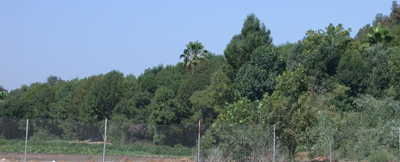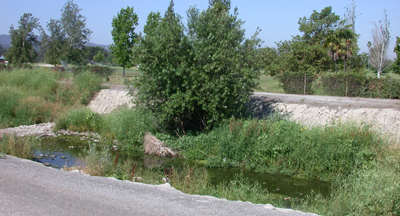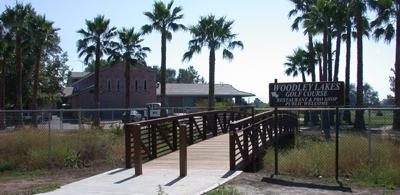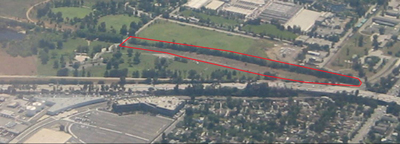 |
|||||||||||||||||
POTENTIAL WILDLIFE RESERVE EXPANSION AREAS |
|||||||||||||||||
Encino Creek |
|||||||||||||||||
This mostly unmanaged drainage into the Los Angeles River parallels Burbank Blvd. While giant reed grass is being controlled, this degraded riparian area |
||
Woodley Creek |
||
The drainage channel with gunnite banks that parallels Woodley Avenue (south of Victory) eventually flows into the Los Angeles River. There are a few small willows and some native aquatic vegetation. Perhaps this channel could be improved into a creek with bio-engineered banks to allow native plants to grow, provide shade, and become a public amenity as well. |
||
Hayvenhurst Creek |
||
Haskell Creek (north of the Wildlife Reserve) |
||
Expanding the Wildlife Reserve to incorporate this area would improve habitat for wildlife and reduce weed problems in the Wildlife Reserve itself, as the tumbleweeds blow to the south during high Santa Ana winds. Haskell Creek itself has a few willows, but mostly the trees are non-natives including evergreen ash, eucalyptus, tree of heaven, black locust and others. |
||



